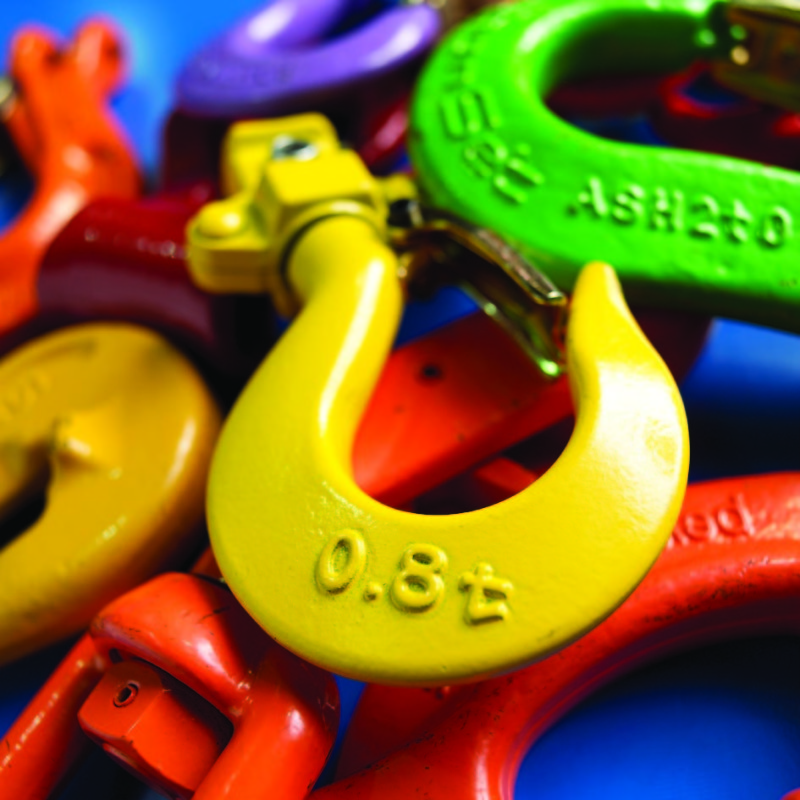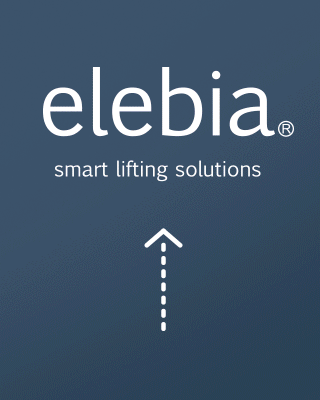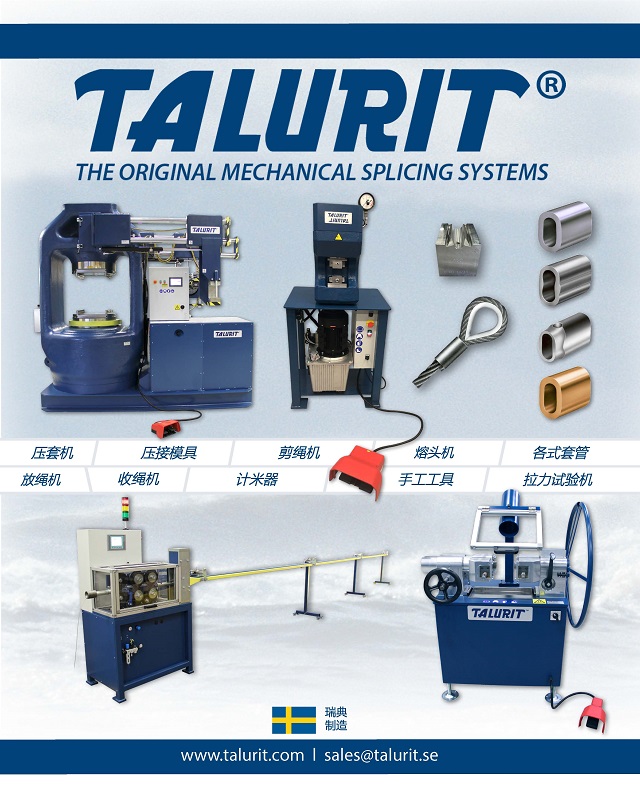 When it comes to overhead lifting, it is perhaps inevitable that attention tends to focus on the most complex and expensive equipment. However, in terms of ensuring both the safety and efficiency of lifting operations, it is important not to overlook more mundane items. A classic example is provided by ‘below the hook’ equipment. Encompassing a diverse range of slings and load lifting attachments, these products are commonplace and typically inexpensive. But this should not obscure the fact that they play a critical role. Failure to pay sufficient attention to their specification and maintenance is a common weakness in many companies and organisations where overhead lifting takes place. Fortunately, with the investment of just a little more time and money, major improvements in both the speed and safety of material handling can often be achieved.
When it comes to overhead lifting, it is perhaps inevitable that attention tends to focus on the most complex and expensive equipment. However, in terms of ensuring both the safety and efficiency of lifting operations, it is important not to overlook more mundane items. A classic example is provided by ‘below the hook’ equipment. Encompassing a diverse range of slings and load lifting attachments, these products are commonplace and typically inexpensive. But this should not obscure the fact that they play a critical role. Failure to pay sufficient attention to their specification and maintenance is a common weakness in many companies and organisations where overhead lifting takes place. Fortunately, with the investment of just a little more time and money, major improvements in both the speed and safety of material handling can often be achieved.
Below the hook equipment is particularly significant because it is responsible for securing the load during the lifting operation. And whilst, short of an overload or deliberate abuse, there is a relatively low risk of damage to equipment such as overhead travelling cranes, a sling is vulnerable each and every time it is used. Because the sling may connect to the load by wrapping around or passing through it, and may be used at an angle or in choke, there are opportunities for an error that might cause the sling to fail or leave it less safe or even dangerous the next time it is used. Furthermore, by their very nature, slings and other load lifting attachments often lead an arduous life, transported around sites or from one location to another, or left open to the elements for extended periods.
Failures in planning often manifest themselves in the misuse of lifting attachments and slings. Faced with an awkward load, there is a tendency in some quarters to try and make do with general purpose slings, rather than obtain more specialised solutions. The irony is that equipment tailored to the characteristics of the load and lifting operation not only makes the job safer, but also much more efficient. This is particularly true when a series of identical items are to be lifted. Often the purchase price of an alternative attachment is relatively low, and hire can sometimes prove an even more economic option.
The problems inherent in using inappropriate below the hook equipment can generally be avoided with a little advance preparation. This should include taking the time to create a specification for the lifting equipment – including the characteristics of the load and the proposed manner in which the equipment will be used. The buyer should also consider how the equipment will be released once the component is in place, and warn prospective suppliers of any adverse environmental factors.
Given the tough life experienced by many slings and lifting attachments, it pays to invest in quality products. In this respect, an appreciation of Harmonised European Standards (CEN) is helpful; a product made to the relevant CEN is deemed to meet the essential health and safety requirements demanded by the Machinery Directive. As far as below the hook items are concerned, EN 13155:2003+A2:2009 Non fixed load lifting attachments, is particularly significant. With the exception of general purpose slings, this encompasses just about anything that can be hung from a crane hook. In the absence of a relevant CEN, buyers should specify the relevant national standard.
Clearly such precautions can go some way to ensuring that below the hook equipment is sufficiently robust. However, once the equipment is purchased, it should be subject to a proper programme of thorough examination. In the UK, this outlined in the Lifting Operations and Lifting Equipment Regulations (LOLER) and accompanying codes of practice; many companies and organisations working in other parts of the world have chosen to adopt these requirements as best practice. Equally, such thorough examinations should be supplemented by regular in-service inspection. Given their vulnerability, and critical role, slings and load lifting attachments should be subject to such an inspection every time they are used, and withdrawn from service for repair or disposal if there are any concerns over their safety.
In a tough commercial climate, the temptation to cut back in all areas of capital expenditure is obvious. However, when it comes to below the hook equipment, even modest investment can often reap dramatic rewards. Across a wide range of industries and applications, time and money is being wasted by companies using the wrong equipment. Furthermore, last minute cannibalisation of general purpose slings is an all too common factor in lifting-related accidents. Health and safety responsibilities notwithstanding, there is also a compelling business case for paying more attention to this typically neglected area of overhead lifting operations. The current economic downturn only serves to make it stronger.
This article is published on LRW Magazine vol16, 2014.





